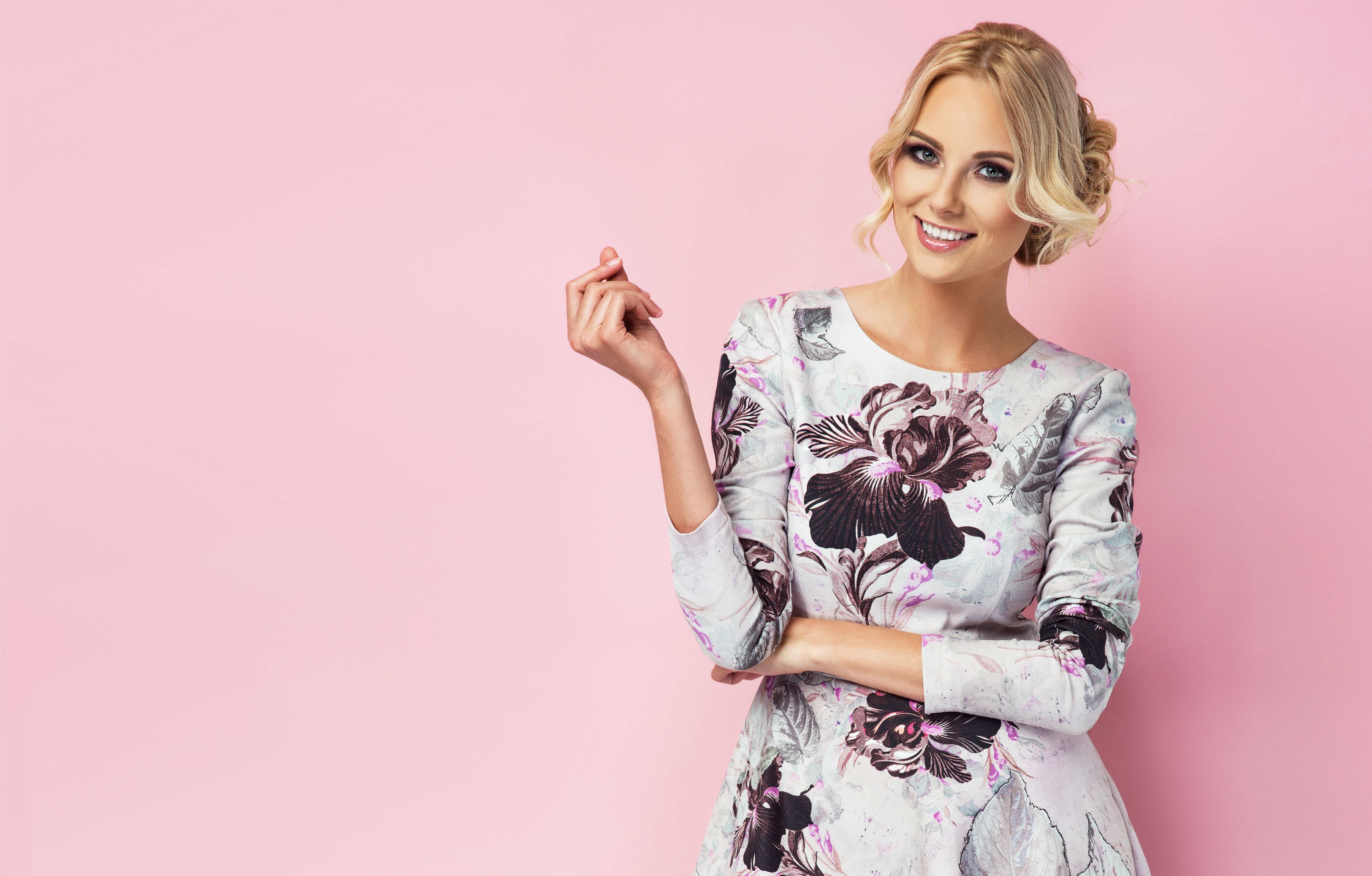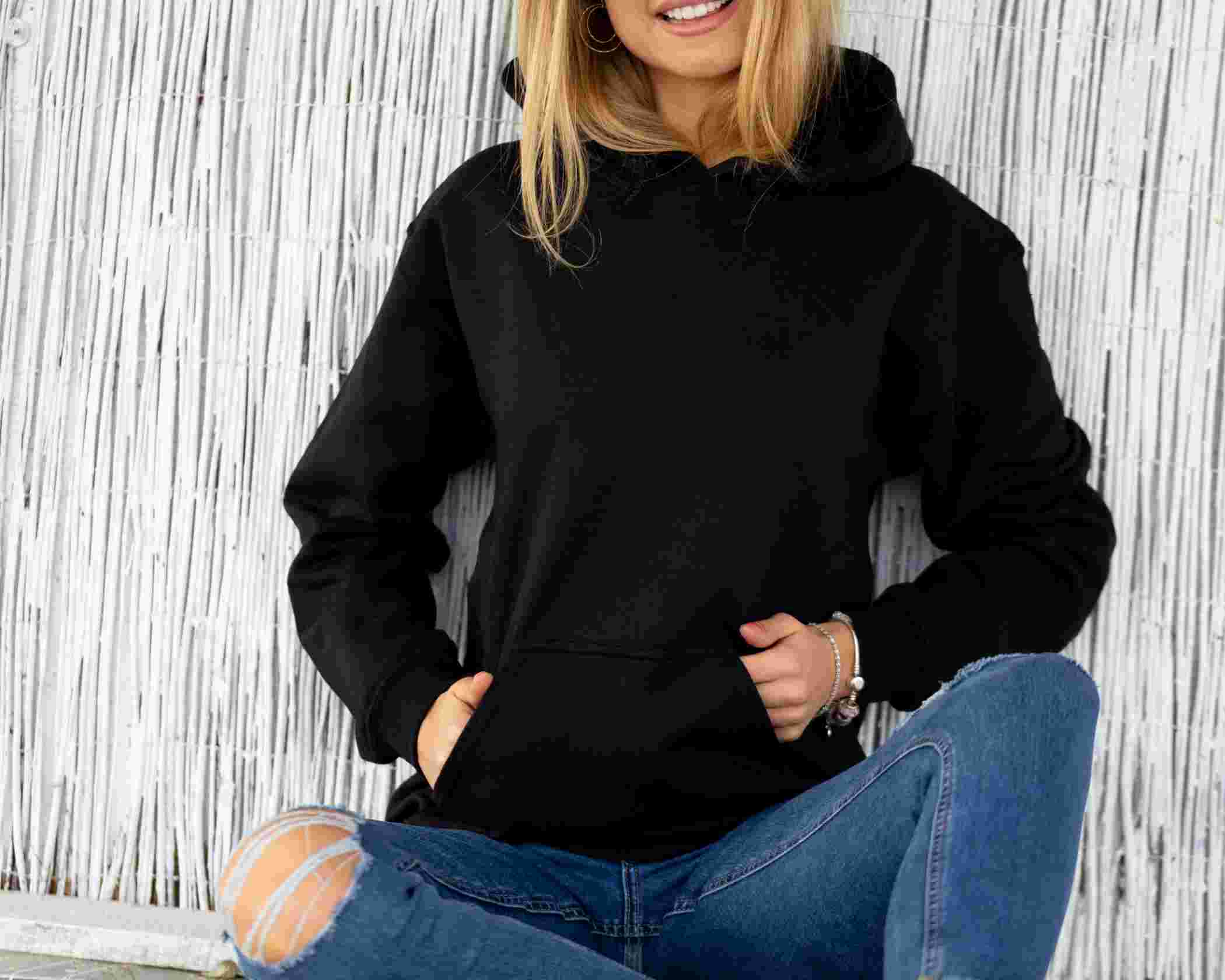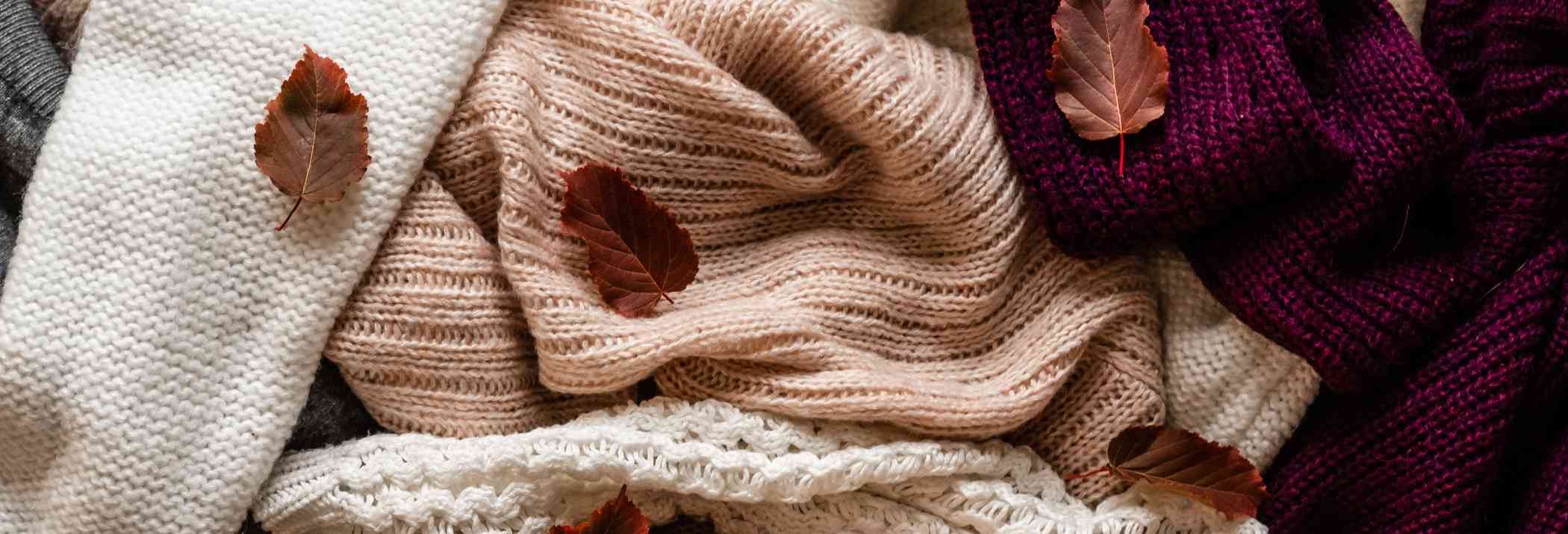From Sketch to Store: Process Behind Designing a Clothing Line

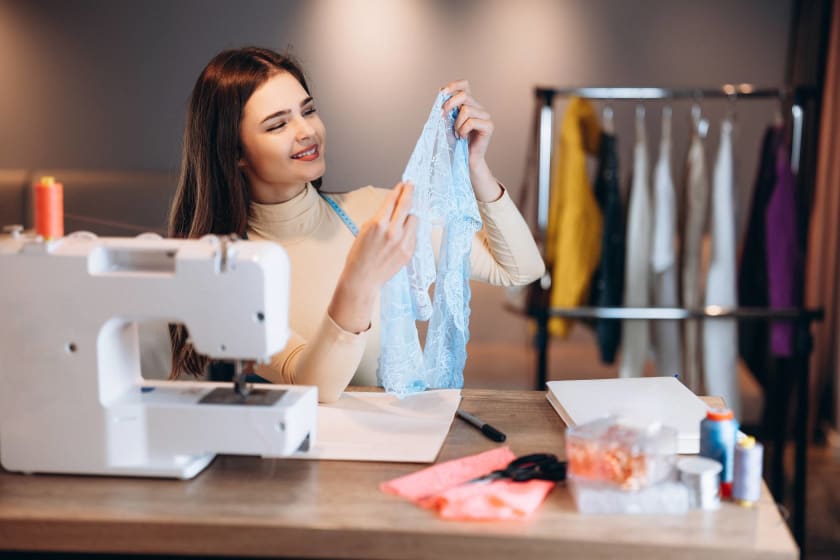

It is a rewarding experience for a creative entrepreneur, from creating a simple print apparel collection to making a whole collection featuring cut and sew pieces that have seasonal highlights. There has to be a solid plan in place after all the tedious research to do all of these. This guide talks about everything there is to know about how to start a clothing line, right from ideation to sales.
Mood board / Idea / Inspiration:
The designer will first compile all the collections of inspiration – usually on a mood board, so that all the viable ideas are in the same place. This will be the core aesthetics of the brand that is being created. Draw or sketch anything that you see that will inspire the clothing collections. Inspirations can be the simple aesthetics that inspire the garments in terms of colors, textures, and designs. Anything can be the inspiration – nature, silhouette, seasons, ideas, social issues, and practical problems.
Fashion Illustration / Sketches
Once the inspiration or idea is in place, a sketch has to be prepared by the designer. In simple terms, this step is converting your ideas into sketches. The best part here is that one gets to see how the sketch turns out, which may lead to another design that inspires you. Unique combinations can give rise to stunning results. Once all your ideas are on paper, you can finalize those you want to go ahead with.
Technical Sketches
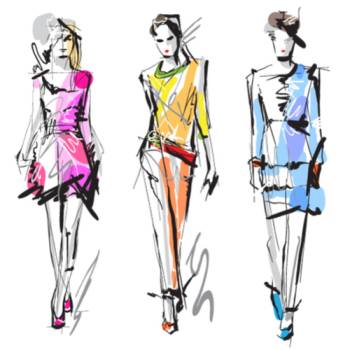
This is the fun part where the blueprint of the garment is designed. This is important because the garment’s construction and the proportions are all accurately measured and designed. Some of the software that helps create technical drawings are CAD, Technical Sketch, Flat Sketch, and Technical Flat.
Sourcing
Once the technical sketches are ready, it is time to do the sourcing. Some things that have to be sourced are the manufacturer (where the garment will be assembled), trims, fabrics, labels, and packaging (for wholesale, retail, shipping, and delivery). Sometimes, one supplier may take care of the entire package, which makes it easier for you to supervise the whole process. Visit <fashinza link> to know more about sourcing.
Sampling
Once all the above are set, the factory creates samples. The samples tell us what the final product looks like. If there are any final changes, this is the time to do so. For example, the color of the sample product may be a tad different than what you wanted. This is the right time to make any kind of changes or fine-tuning.
Fit and Review
Once the final sample comes in, it’s time to review it. If the sample is perfect, that is when it’s time to jump to the next step.
Design Approval

This step of approving the garment is important because this is when you have to double-check every stitch, every button of the garment, so that it can go into full-on production.
Production
This is the time to zero in on a target shipping date, bagging, and tagging. Your product is now ready to be sent to retailers once you receive it.
Other things that you must consider while planning to start a clothing line:
Create a business plan:
Calculate the cost required to start a clothing line. How to raise the capital for the required amount? What other factors do you need to look into, such as legal, financial, productional, and distributional aspects? Where is the clothing going to be produced? These are some of the questions you may want to think about before beginning your clothing line.
Follow fashion trends:
This helps you get a detailed insight into what works and what does not. You will also be aware of the currently existing problems, and you can come up with a brand new innovative solution through your clothing line.
Build a brand:
This is not the same as branding. Building your brand is all about your values, the mission, your story, and what you want to accomplish. It is all about giving your brand a personality, a voice.
Seasonal ideas:
The best way to get discovered by new clients or retailers is by making waves during the seasonal weeks or months. This is the best time to showcase your unique designs. For this to be hassle-free, you must be prepared much in advance – right from designing to production. Have a proper timeline in place, so that you are prepared for the seasonal period.
Fashion retailers:
Reach out to fashion retailers. The right ones can make all the difference. Before you approach a retailer, look into their background to see what kind of products they sell. You don’t want to be associated with the wrong retailers, it is bad for business. The right retailers help your brand and clothing line become popular in the right circles, and that is exactly what you need.
Open stores:
Opening a store does not necessarily mean opening a brick and mortar store. It means that the store should be available and discoverable to your potential clients. You can have a website or an online store, so that retailers know what you are selling. This makes your brand or business more approachable and open to business.
Learn from the pros:
Look at the stalwarts and get inspired. Sometimes, following industry experts may teach you what not to do. This way, you can avoid major setbacks to your business. Industry experts always have something new to say. A tip or an insight can go a long way in helping you get the bigger picture, so that you can plan your fashion business or clothing brand accordingly.
Pro Tips:
- Starting a clothing line, right from dropshipping to being a wholesale supplier to working with a clothing manufacturer – there has to be a solid plan in place, so that the supply-demand chain is in equilibrium and self-sustaining.
- Depending on your locality, you may need a license. It is best to read about the laws or consult a local regulatory authority to get the details right. A clothing business should not suffer setbacks because of these small but significant reasons.
- Branding is very important, no matter how small the business is. This may not mean shelling out copious amounts of money for buying fancy things, but having a brand name and consistently using it everywhere to establish your brand.
- Get the numbers right. It is important to calculate the investment required to get going. If miscalculated or major costs are left out, there may be serious setbacks that prevent the business from being set up.
- Sourcing is an important aspect of any clothing business. One has to be prepared to work together with them as a team. Most importantly, they should have the capacity to produce the quantity you need on time. Keep those factors in mind while finalizing on sourcing.















